David Gedge on The Wedding Present’s Seamonsters
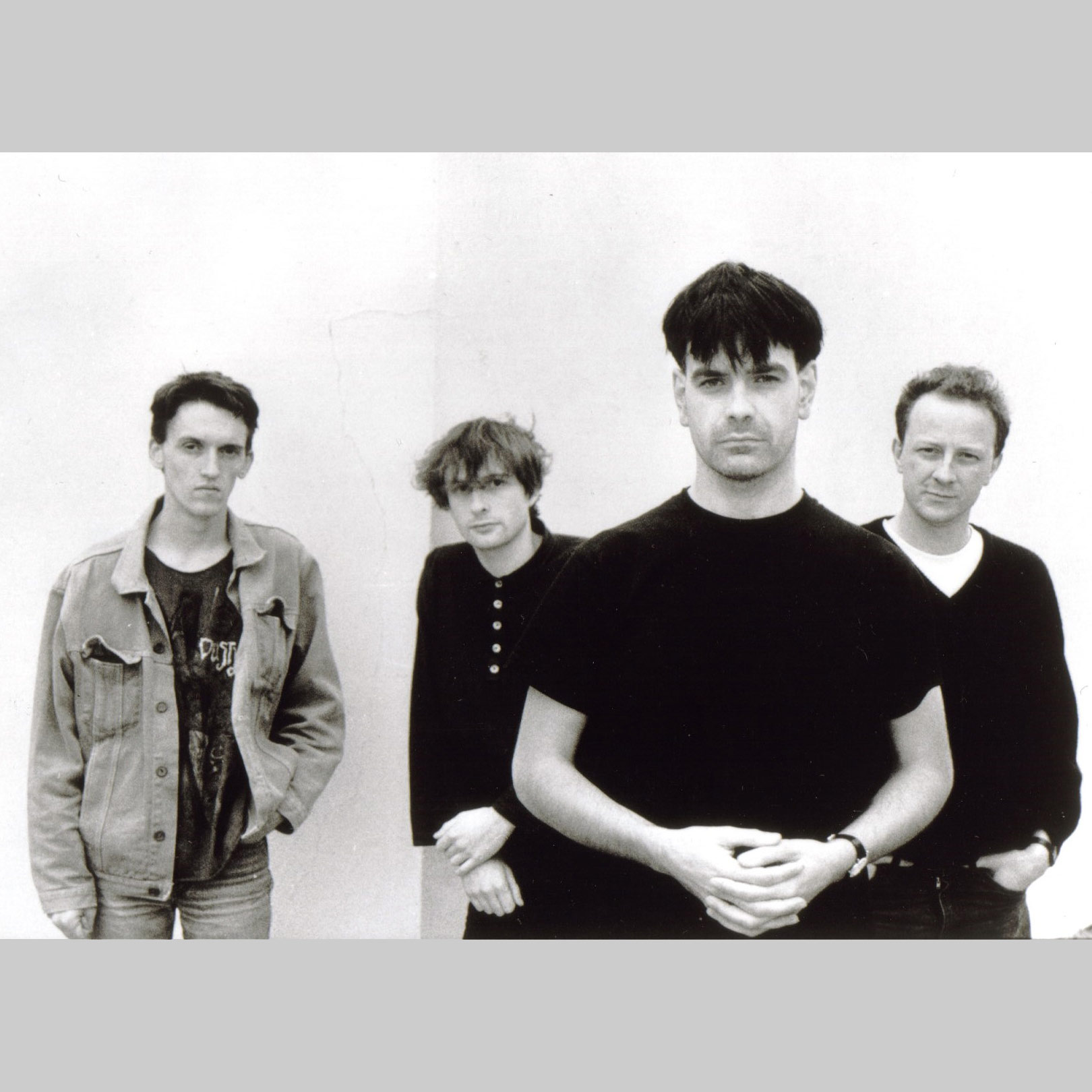
John Earls put the questions to the band’s frontman
Now rightly viewed as one of the best grunge albums Britain ever produced, on its release in 1991 The Wedding Present’s third album Seamonsters was given a proper shoeing. NME gave it 5/10; Melody Maker simply said it was like sandpapering your ears. Now, the Steve Albini-produced record features in lists of all-time great album from The Guardian, Pitchfork and of course NME.
Switching up the jangly enthusiasm of the band’s acclaimed first two albums, George Best and Bizarro, Seamonsters is a textbook example of how a band can progress and keep its heart while doing so. This week sees a new reissue, adding six B-sides and a John Peel Session showcasing early versions of four Seamonsters songs.
SDE spoke to The Wedding Present leader David Gedge for his views about revisiting a classic, the future of the band’s new music and catalogue releases… and going swimming with Steve Albini.
How does it feel to revisit Seamonsters 30 years on?
David Gedge: It’s like looking at an old diary. Since I got the test pressing of Seamonsters 30 years ago, I’d played it twice in 29 years. But I’ve had a new test pressing to check, we’ve got a livestream concert on May 29 when we’re playing the album in full and there’s a Seamonsters tour at the end of the year too. Playing the album itself to check, I’m focused on “That bass is too loud” or “I wish we’d played that song a bit faster.” Rehearsing its songs live, it’s all about the song and then those feelings come back to me. I think: “Oh yeah, that’s what I thought about…” and 30 years rush by. I saw an interview on Parkinson with Tony Curtis, who was asked: “How does it feel to have been in Hollywood for 50 years?” He replied: “To be honest, I feel like I arrived in Hollywood yesterday as a young actor and here I am talking to you today.” Curtis said 50 years had just collapsed, and I feel the same.
How deliberate was wanting to change the band’s sound from George Best and Bizarro, or did you simply find yourself writing in a different style?
George Best was a 100mph, really aggressive guitar sound and Bizarro was almost a better version of it. Bizarro had a bit more in the way of dynamics and subtlety, but it was still the same sound. Our thought was: “We’ve done that. Now let’s see what else we can do.” We began using distortion and felt that not every song had to be played as fast as possible. We could experiment with textures. The songs were written fairly quickly, certainly quicker than these days. Seamonsters made it three albums in six years, and it’s been five years since our last album, Going Going. But we weren’t touring the world at that point. We’d play little tours of the UK, and maybe Ireland, and that was it. Whereas now, I’m writing autobiographies, going on BBC4 to talk on music programmes… Life just gets busier, really.
Having worked with Steve Albini on the Brassneck EP, was he the obvious choice to produce Seamonsters?
George Best and Bizarro are okay records, but their sound was a little disappointing. They didn’t capture the sound of the band that was in my head, from our rehearsals and concerts. That sound was bigger than those records. I’d heard stuff Albini had made and felt he could take us to that place. Brassneck was an experiment with him, and straight away I thought: “Yes! This has come to life.” It was bigger and sounded like I thought The Wedding Present always sounded like. It wasn’t quite yet the intensity and darkness of Seamonsters, but Albini added something.
What was Albini’s secret in making the band sound bigger?
His skill is recording accurately what a band sounds like when they play live. He was very good at the boring stuff: knowing which microphone to place where and how to use EQ. Seamonsters was virtually recorded live, with Albini as the live sound engineer. That was how The Wedding Present started. We’d record songs in six hours, because that’s all we could afford before we had to get out. It was the same with our Peel Sessions. Then, as soon as we had the luxury of a recording budget, we stopped doing it like that. Bizarro took six weeks, spending half a day on one drum sound. We were told that’s how you make records once you get money. Albini reminded us that The Beatles would make an album in a weekend on tiny little desks and they sounded great, so what’s your problem? When we told Albini Bizarro had taken six weeks, he said: “Nah, nah, nah. There’s no way you’re going to need that.”
Just how quick was Seamonsters to record?
Albini told us he’d need 10 days. We panicked at that idea and, to be sure, we booked a fortnight. Sure enough, we finished in 10 days. We recorded at Pachyderm Studios in Minnesota, which Albini recommended as a great-sounding room. Because we’d be in Minnesota, we booked a US tour to start immediately after the scheduled fortnight. When we finished early, the rest of the band said: “Well, we’re going home.” They flew all the way back to England, as they were missing their girlfriends, only to come back four days later for the tour. I stayed out in Minneapolis for those four days, wandering around comic shops.
Just how intense was the workload for those 10 days?
Honestly, not that bad. Pachyderm was started by the son of the guy who invented plastic desk organisers. He wanted to have his own studio, so he bought a mansion in the countryside, 15 miles outside of Minneapolis. There was an indoor swimming pool in the mansion next door and we were in there quite a bit, so it wasn’t like Albini was on at us every minute of the day. We recorded in January and, in the Minnesota countryside, that meant I’d wake up and look out of the window to see three feet of snow. It was very romantic. The atmosphere was like we were doing a Peel Session, the urgency and nervousness of not wanting to be the one in the band to make a terrible mistake so it’d have to start again. That’s not particularly intense, we were just there to do our job.
One of the boldest moments on the album is the long fade-out on Lovenest. How did that come about?
We liked how the song was fading out already when suddenly an amp started buzzing. It sounded really interesting, so we began playing along with that, me on a bottleneck guitar making some weird sounds. Lovenest has a big finish before this strange atmospheric fade and then Corduroy comes in quite big. It’s typical of how intense that album is. One thing I’m particularly pleased with on Seamonsters is the way it holds together. Seamonsters is a whole world in itself, it all feels linked in its mood and atmosphere. When we played it live a few years ago, I felt I couldn’t speak between songs, as that would destroy its intensity. Normally, I’m full of worldly and witty repartee between songs, but Seamonsters feels bad to do that. When we do the livestream, we’ll play it as one continuous piece of music. That sounds a bit pretentious, like it’s classical or Tubular Bells, but it’ll benefit the story of the album to play it like that.
Is that where your teenage love of prog comes in?
You could be right. It’s certainly not Motown.
Are there any songs on Seamonsters you’re not that happy with, in retrospect?
There’s usually a song or two I can do without. On Bizarro, it’d be Be Honest or All This And More on George Best, but I think they’re all great on Seamonsters. There are only 10 songs and there’s no backing vocals, so it’s a strange record for me. We recorded more songs, which became B-sides. Crawl is very popular, and people say Niagara would have made a great ending to the album, but it’s not always about the best songs. It’s about how an album flows, like a live set. If you’re making an album, it’s got to tell a story.
Is that why Niagara, Dan Dare and Fleshworld were only on the US edition of the album?
Totally. There’s an argument that you can put too much onto an album. We’d said what we wanted to say on the original 10-track album. The Americans added those three songs, which had been B-sides, when they eventually released Seamonsters a while after it had been out in Britain. The US label said they wanted to make its release a bit more attractive. Those three songs were suggested and we said fine, but to me the classic version of Seamonsters is those original 10 songs.
As well as the B-sides, the reissue adds a Peel Session featuring early versions of Dalliance, Heather, Blonde and Niagara. Were there any other extras that could have been included?
No, because we never really did demos. We used Peel Sessions as demos. That sounds disrespectful, but Peel actually liked bands coming in with half-formed songs and using those fantastic BBC studios at Maida Vale to evaluate what songs sounded like before committing them to a proper record. That Peel Session was the only other extra we could have added. The big thing I remember about that session was when Peel named it one of his favourite sessions of the year. I was: “Yes!” I’m famously a massive John Peel fan, and he shaped The Wedding Present. People say we were lucky Peel played our records so much, but I’d have been disappointed had he not. Listening to that programme influenced our records and we were always going to be an archetypal John Peel band.
NME only gave Seamonsters 5/10 and Melody Maker said it sounded like “sandpapering your ears”. Were you surprised by how vitriolic the reviews were?
Not really. As an artist, you always feel sad when someone criticises your work. At the same time, I’m not stupid. We’d fallen out of favour and we were aware the album was a major step, so we didn’t really care what was said. It’s weird that Seamonsters is now seen as this iconic, genre-defining album. The fans didn’t really like it either, but it was such a major change from the jangling 100mph music of George Best and Bizarro. A few people went: “Ugh, it’s not for me, this one.” I guess it just took people a while to get used to it.
When did you become aware Seamonsters had been reassessed and viewed as a classic?
It had to be brought to my attention. Once I saw those reviews in 1991, I thought: “Oh God, they’re all wrong”, then filed them away and never looked at them again. Seamonsters came out again in a boxset a few years ago. When I did interviews for it, people were telling me how influential Seamonsters was viewed as. That was a nice surprise, as I hadn’t thought about what people had thought of it since 1991.
Seamonsters is generally described as a break-up album. Is that fair, or too simplistic?
It’s simplistic. I do write almost exclusively about relationships, but I’ve always tried to explore every aspect of a relationship: infatuation, lust, infidelity. I’ve always tried to balance that out across an album, but people hone in on the songs that are about splitting up. Maybe I’m better at those.
Is it true Dalliance was inspired by Jilly Cooper?
Yeah. Jilly Cooper’s husband had a long affair with a woman named Sarah Johnson, and I read Sarah’s side of the story in a Guardian article. She wrote: “How can you call it a dalliance if it’s been going on for so long?” and that’s where the line “Is that what you call a dalliance?” comes from.
Are your antennae always open in conversation for someone saying something you think would be a great lyric or song title?
I’m ashamed to say that, yes, I do do that. I find it hard to admit that, as it feels like I’m using people. I’ll be on a bus, hear people arguing and think: “This is song titles heaven!” Every line they say will sound like a song idea. I feel guilty doing it, as in a way, those lyrics aren’t my invention. All I do is hear it, channel it back and make it rhyme. I’m more of an observer, if anything. I’m not saying those songs are then nothing to do with me. When I write, I always to try to put myself in those positions. I feel like an actor, in a way: “What would I say and feel in that position?” It’s the way I’ve always written.
Could you trace your life back through the lyrics of old Wedding Present albums?
I could, actually. The first volume of my autobiography, Go Out And Get ‘Em, Boy, came out last year. That goes up to forming the band and I’m writing the second volume now. I’ve been looking through gig lists and recording dates, trying to piece it together from there. Over the last few years, I’ve been doing anniversary tours for George Best, Tommy and Bizarro and those have reminded me of “Oh yes, I remember that now.” I’ve started to see where songs have pointed me, of stories that happened. I’m writing the books with Terry De Castro, our former bass player, who was in Cinerama and The Wedding Present for about 12 years. I’m not losing sleep over the books, as it’s not the main part of my career, but I’m enjoying writing them.
Does this period of retrospective activity inspire new ideas, of thinking “I could try to explore that type of song again”?
No, I always try to avoid redoing anything. If we have a new song that makes me start to think “Wait a minute, that sounds like that song from El Rey”, I think “Well, I’ve already done that.” It sounds like I’m just repeating a trick, and there are a million ways of arranging a song to prevent falling into a habit. That said, we made a lockdown album, recording at home in a stripped-down format songs from the past 35 years. It’s been interesting to remake those songs acoustically. The fans have loved them and we’ll probably do a second volume. But for new songs, no, I’m very conscious of trying to do something new each time. By and large, I think we’ve done that over the years. That’s been helped by the line-up changes. I feel like I’ve been in six different bands. That sounds weird, but the line-up has changed so much, and I feel The Wedding Present is based on who’s in the band at the time.
How much of a collector are you?
Not massively. I would buy a My Bloody Valentine boxset, if only they’d released enough music to justify one.
Original guitarist Peter Salowka left shortly after Seamonsters. Was his departure inevitable? There are 23 former band members listed on the band’s Wikipedia page.
I think it was inevitable. There have been so many line-up changes over the years. It’s just the way it happens. Some people last 12 months, others last 12 years. Some people’s lives change – they get married, move to another country or they just don’t like the music anymore. I’m used to it now. Often, people join a band like The Wedding Present because it has a history they want to be a part of. They fantasise about playing music for a living and travelling the world. And it is exciting, but it’s hard work. It’s not like being a nurse or down the mines, but it can be quite stressful, because you’re away from home a lot, so you’ll miss your social group and your partner. The idea of travelling the world goes down, while the idea of staying at home goes up. At some point, the balance is tipped, and I can always tell. People come to rehearsal not quite as prepared as they’ve always been in the past. It gets to the stage where I think: “Am I going to have to ask you to leave, or are you going to go of your own accord?” It’s an unfortunate part of the job. At the same time, that means I’ve been in all these different kinds of group. I love that and it helps the progression of the band.
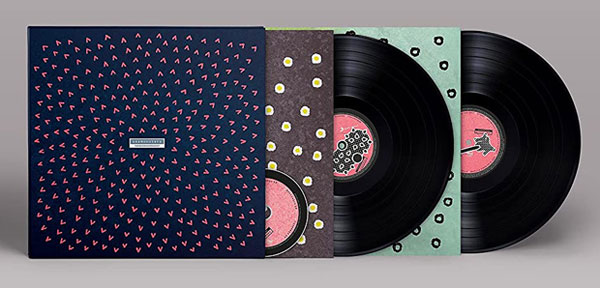
From the Seamonsters line-up, drummer Simon Smith lasted until you formed Cinerama in 1997. Why was Simon so reliable?
I don’t know. Some people just fit in better than others and I can’t pin down why. Everyone contributes, it’s not just me, and that creative interaction works really well for a certain period. With Simon it worked very well. He was disappointed when I went off to start Cinerama, as he wanted to carry on making Wedding Present records.
Sleeper guitarist Jon Stewart joined the band recently. What’s he brought to the music?
It’s interesting to be in a band with a guitarist who’s made a platinum-selling album. That’s new. Jon is a very skilled guitarist with a vision which maybe some other players haven’t had. He’s not someone from a local band who’s struggled to make it, he’s been successful. Sometimes, successful people produce the biggest rubbish, but we’ve written quite a lot of new songs which I’m really happy with. Jon is a Wedding Present fan who understands the band, while bringing his own skills.
Have you ever lost your enthusiasm?
There have been times when I needed a break, and starting Cinerama was the classic. I needed to do something on my own for a change. I thought I’d take a break for six months, but I really got into it, and Cinerama got bigger too. The first Cinerama album Va Va Voom was me on my own at home, then the second album Disco Volante was more band-y. By the end, what would have been Cinerama’s fourth album became The Wedding Present’s Take Fountain, because I’d gone all the way back, missing the idea of being in a band.
Seamonsters was released on RCA. What was life like on a major label?
People were concerned when we joined RCA for Bizarro, because we were such an indie band that all our morals were tied up with that word “independent”. Signing to a major freaked a few people out. We were lucky that the A&R who signed us, Korda Marshall, was really powerful at RCA at the time. He’d signed Eurythmics, who were selling millions of records, so we had a free pass to do whatever we wanted. Korda sold that idea to us, telling us we could carry on being the same band, but with more income, distribution, promotion and marketing. We told him that, if he’d put that in our contract, we’d sign. Our first release, Ukrainian John Peel Sessions, was an album of Ukrainian folk songs. That was unheard of, and we went on to do the Hit Parade series of singles, which was also weird for a major. Even working with Albini would have freaked out a lot of major label people. We had both the freedom to do those ideas and the money to put them into practice. We couldn’t have afforded to record in Minneapolis on our own label. RCA was perfect for us. But, midway through the Hit Parade series, Korda left RCA. Funnily enough, we got dropped after that.
Speaking of Hit Parade, you said on Twitter recently that you’re thinking of releasing more empty Hit Parade boxes for people who had been unable to buy them when the singles were being released in 1992. What’s happening with that?
As I’d said on Twitter, we made 15,000 copies of each Hit Parade single, but only 3,000 boxes. There’s definitely people who didn’t get a box in time, even though we’d thought 3,000 was plenty. I was testing the waters on Twitter, and there was quite a good reaction. About a hundred people said they’d definitely want one, and I think we will make some. I’ve also just talked to the guy at Sony who is doing the Seamonsters reissue, telling him it’s the 30th anniversary of Hit Parade next year. He’s having a word with his superiors to see if there’s any interest in a reissue of that too. Who knows what’ll happen there?
When can we expect a brand new Wedding Present album?
It’s been difficult. One thing I’ve missed in remote lockdown recording is being in the same room as other people. There’s a lot more interaction, it makes arranging songs easier. It’s been a slower process than usual, but there’s a fair chunk of new material and we’ll play five new songs at the livestream show on 29 May. The list of new songs is getting longer and longer, and I imagine we’ll see something come out in 2022. There’s the Semonsters tour first and I love playing those songs. It’s like being in a big theatrical production. And I won’t have to think of anything to say in between songs.
Thanks to David Gedge who was talking to John Earls for SDE.Seamonsters is reissued as a 2LP+CD set today (28 May 2021).
The Wedding Present play a livestream show of the album on May 29. Tickets are available here. The Seamonsters UK and Ireland tour runs from October 21-November 27. Full dates and details.
Compare prices and pre-order

Wedding Present, The
Seamonsters - 2LP+CD reissue

|
|
||||||||||||||||||||||||||||||||||||||||||||||||||||||||||||||||||
Tracklisting
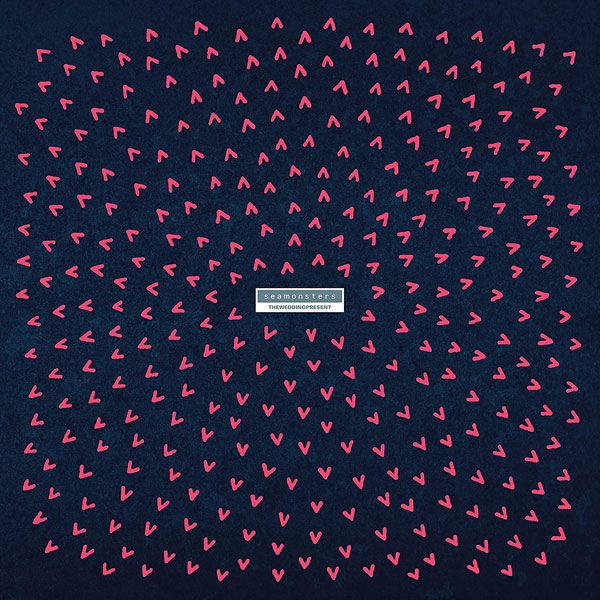
Seamonsters The Wedding Present / 30th anniversary 2LP vinyl
-
-
Side 1
- Dalliance
- Dare
- Suck
- Blonde
- Rotterdam
-
Side 2
- Lovenest
- Corduroy
- Carolyn
- Heather
- Octopussy
-
Side 1
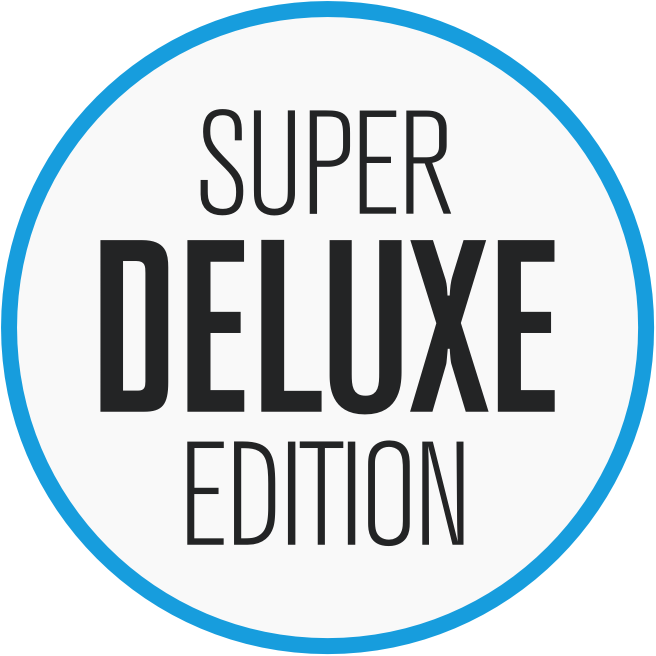
 Interview
Interview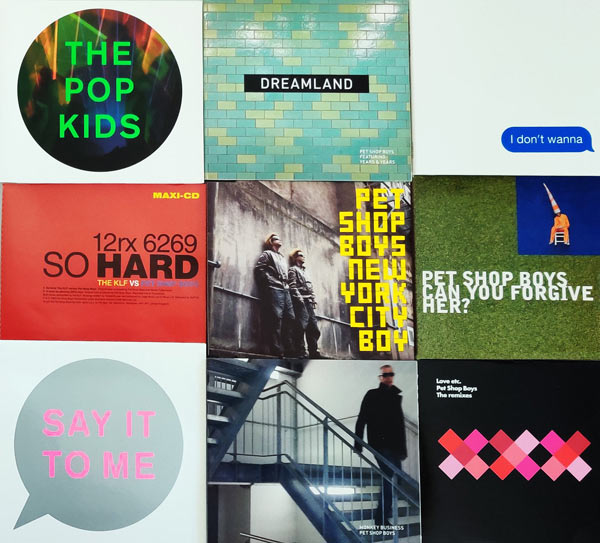
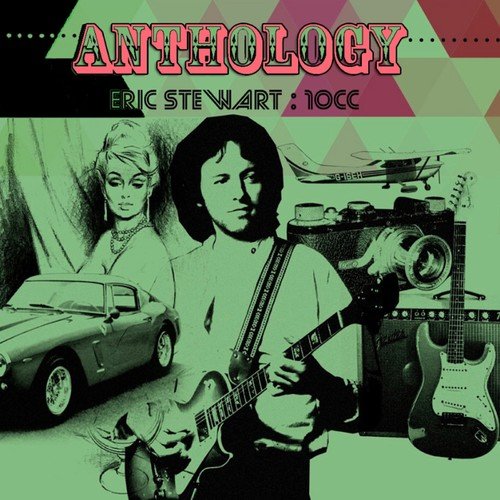
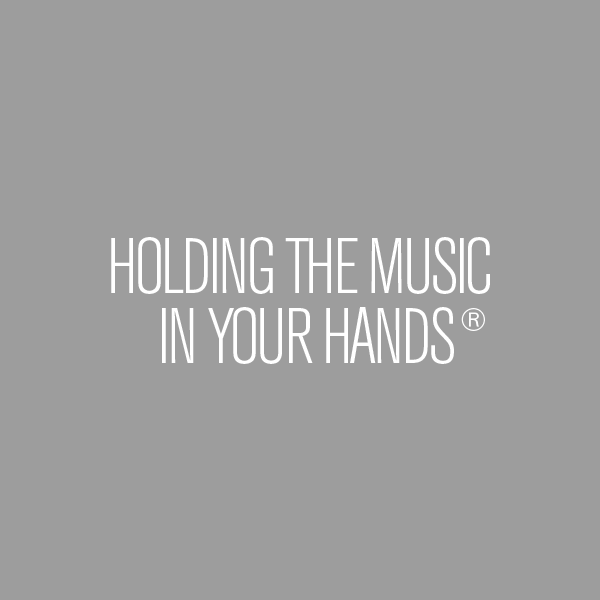
By John Earls
8